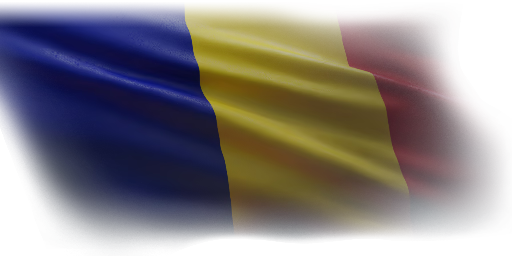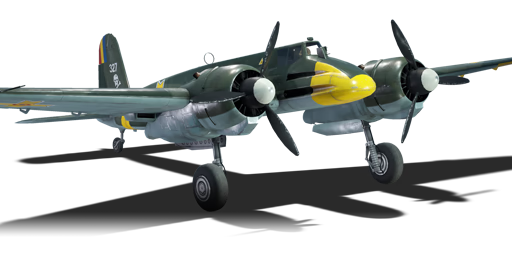



Following the signing of the Tripartite Pact on 23 November 1940, Romania officially joined the Axis and became allied with Nazi Germany. During this time, an unknown number of the Henschel Hs 129 B-2 attacker aircraft were sold to the Romanian Air Force. Under Romanian service, the Hs 129 was frequently deployed as a ground attacker with great efficiency, with some fighter aces even managing to score aerial victories while flying the type. One such Romanian ace to fly the Hs 129 was Teodor Zăbavă, who achieved four air-to-air kills in his Hs 129 (and more in his IAR 80). Following the Romanian capitulation and subsequent side switch in 1944, the Hs 129 was reportedly used against their former allies towards the end of the war.
The Romanian Hs 129 B-2 was introduced in Update 1.41 in the German tree. The Hs 129 is a ground attack aircraft, designed primarily to take out tanks and armoured vehicles and fulfil other roles associated with CAS. Both the 30 mm MK 103 and 37 mm BK 3.7 cannons are capable of knocking out medium tanks, light tanks, and light pillboxes, while the 20 mm cannons can easily destroy armoured cars, mobile AAAs, and other lightly armoured equipment. The plane is both slow and sluggish, meaning that it practically has to go after ground targets, but the armament and armour somewhat compensate for this, enabling it to take out nearly all ground targets except for pillboxes and heavy tanks. It is also capable of shredding any enemy aircraft that dares to face it head-on.
flaps
flaps
flaps
brake
| Belt | Belt filling | Armor penetration (mm) at a distance: | |||||
|---|---|---|---|---|---|---|---|
| 10 m | 100 m | 500 m | 1000 m | 1500 m | 2000 m | ||
| IT/IT/APHE/HEI | 21 | 19 | 8 | 3 | 1 | 1 | |
| IT/HEI/HEI/AP-I | 27 | 24 | 14 | 7 | 3 | 2 | |
| AP-I/HEI/HEI/HEI/HEI/IT | 27 | 24 | 14 | 7 | 3 | 2 | |
| APHE/APHE/APHE/IT | 21 | 19 | 8 | 3 | 1 | 1 | |
| FI-T/FI-T/FI-T/IT/IT | 21 | 19 | 8 | 3 | 1 | 1 | |
| HEI/HEI/HEI/APHE/AP-I | 27 | 24 | 14 | 7 | 3 | 2 | |
| Belt | Belt filling | Armor penetration (mm) at a distance: | |||||
|---|---|---|---|---|---|---|---|
| 10 m | 100 m | 500 m | 1000 m | 1500 m | 2000 m | ||
| AP-T/AP-I/AI | 9 | 8 | 6 | 3 | 0 | 0 | |
| AP-T/AP/AI/AP-I | 13 | 12 | 7 | 3 | 2 | 0 | |
| AP-T | 9 | 8 | 6 | 3 | 0 | 0 | |
| AI/AP/AP/AP/AI | 13 | 12 | 7 | 3 | 2 | 0 | |







 2 x (65 / 160 / 285) %
2 x (65 / 160 / 285) % 
 2 x 142 %
2 x 142 % 

Flight performance | |
|---|---|
Survivability |
|---|
Weaponry | ||
|---|---|---|